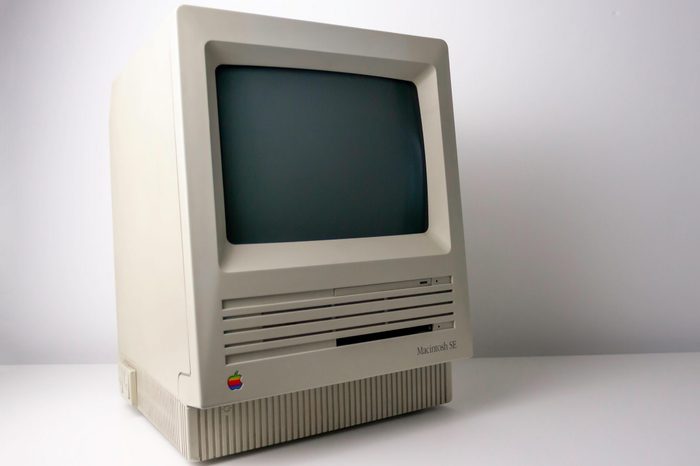
Computers have come a long way bit by bit (or byte by byte). The dawn of the computing era has been an iterative process; we didn’t get where we are overnight. Innovators from Charles Babbage to Steve Jobs have brought us to the user-friendly machines we know and love and rely on today. Here’s a timeline of computers and what they looked like the decade you were born.
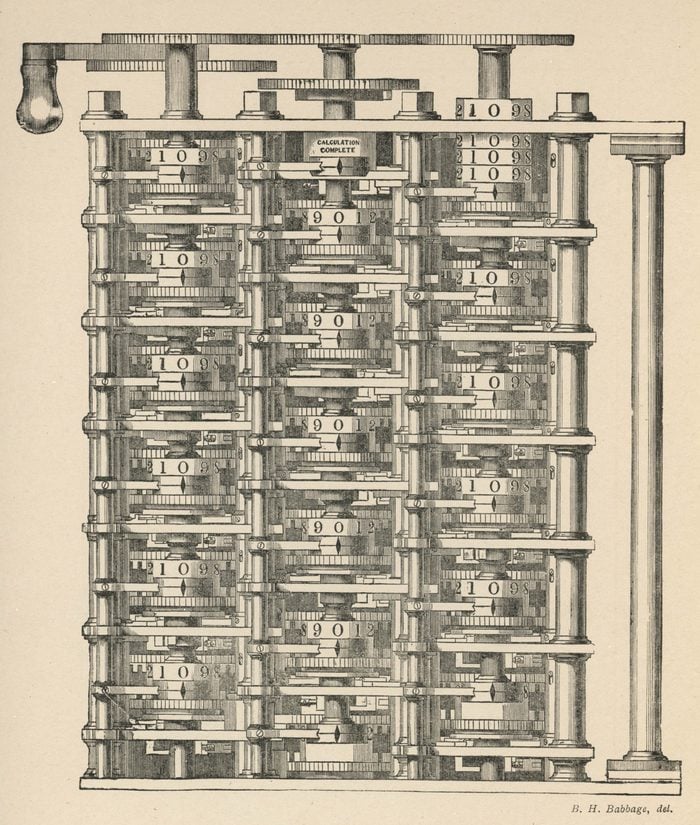
1933
Dubbed the first inventor of the computer, Charles Babbage came up with the prototype of what he called his “Difference Engine.” In doing so, he established the two principles used in computers today: a central processing unit, or CPU, and memory.
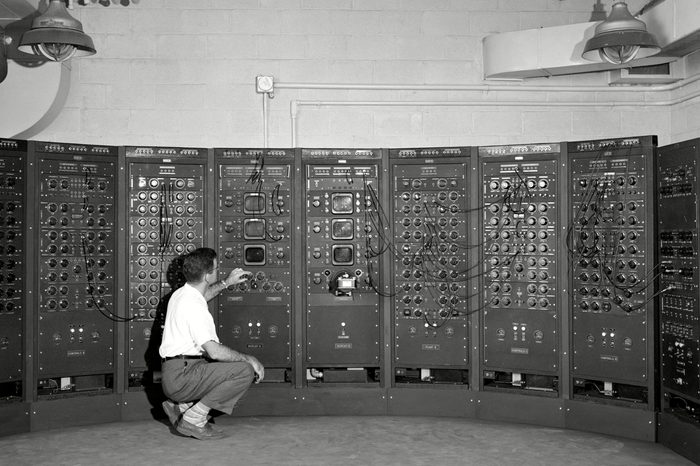
1949
The first computers were so large, they took up an entire room. This photo depicts rocket scientists using a computer at the Lewis Flight Propulsion Laboratory. Norbert Wiener had just published the book Cybernetics, which introduced the topic of “artificial intelligence” the year before.
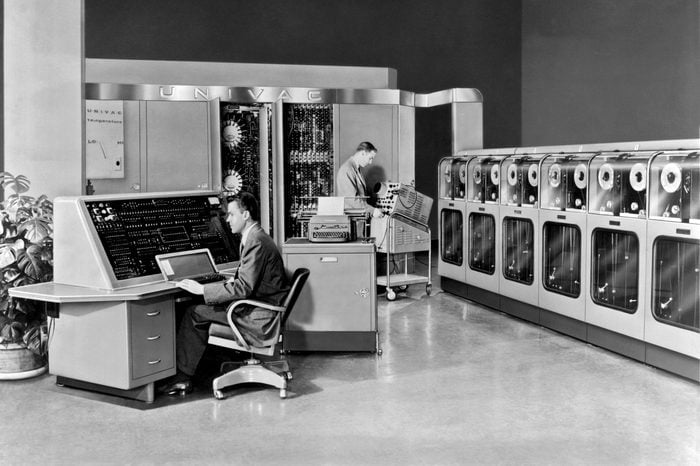
1951
The first commercial computer Univac was introduced and sold to the U.S. Census Bureau. Similar models of the 29,000 pound computer went on to be used mostly by the U.S military and by very large (and profitable) utilities and insurance companies. Computers were so expensive, few companies could afford them.
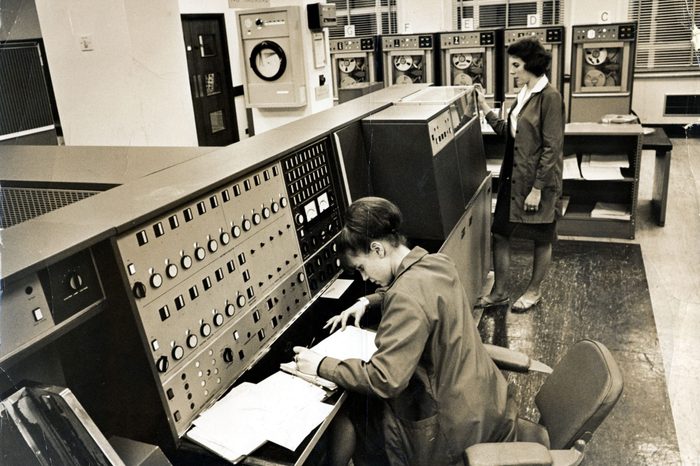
1966
The decade of the ’60s brought monumental change not only on the social justice scene but in the technology sector. By the late 1960s, computers were still found in businesses rather than homes but they were becoming smaller, and a screen was introduced to “monitor” the computer and interact with it. Pictured above, employees at the Scotland Yard, London’s police force, used this one to run case histories of thousands of criminals.
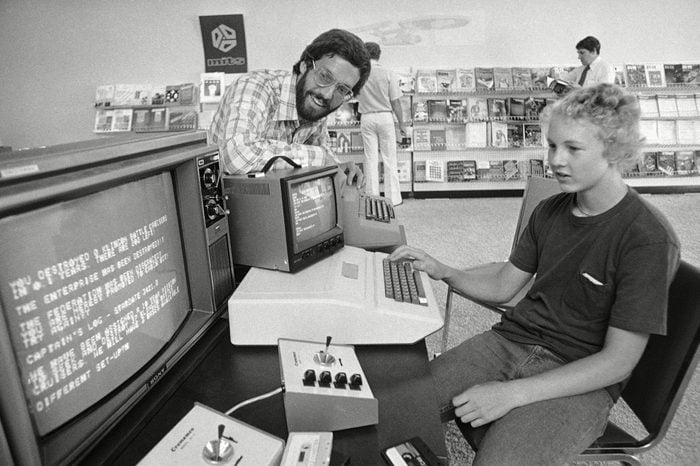
1977
Computer games didn’t become a thing until the ’70s, and even then they were fairly rudimentary (think Pong and Space Invaders). For the first time ordinary kids were able to play a game on a small, relatively cheap home computer or, as seen here, at the Computer Store. Computers had become small enough and inexpensive enough for families to afford—and they were being touted as indispensable for everything from playing games to doing your own income taxes, but not yet for email. Email was only being used by a few computer scientists at a tech company called Arpanet. In 1976 Queen Elizabeth II became the first head of state to send an email, using Arpanet.
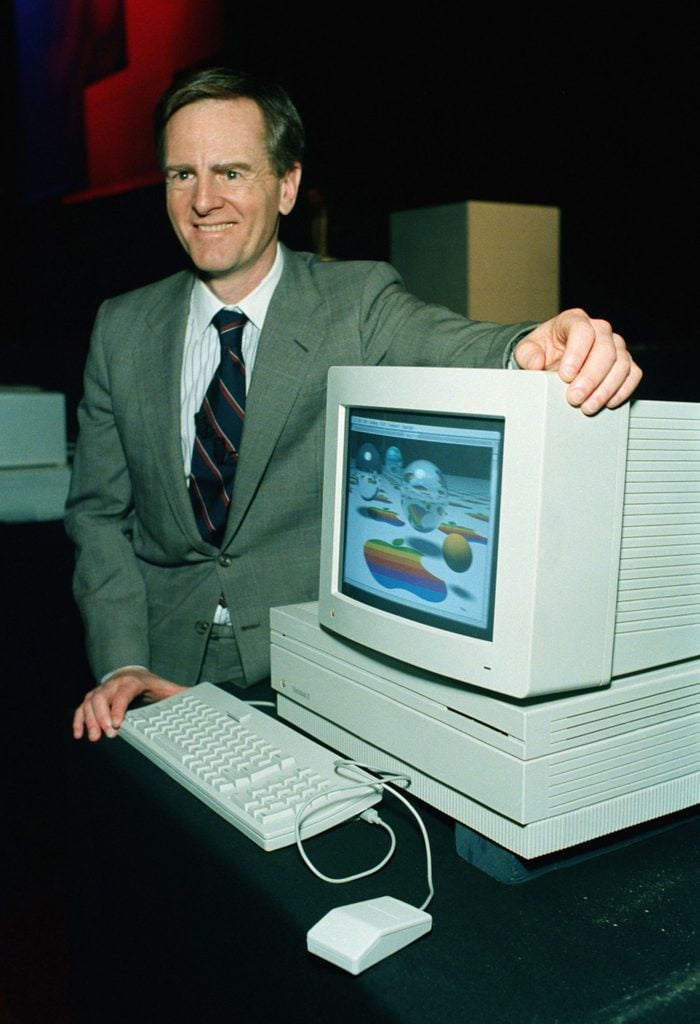
1987
The new Macintosh II computer, being shown here by Apple Computer chairman John Sculley, was among the first to be able to run programs written for personal computers. Around this time, hypertext markup language (A.K.A. HTML) had resurfaced from it’s initial inception in the 60’s. Without it, there’d be no “content,” no hyperlinks, and, thus, no ability for an ordinary person to “surf the web.”
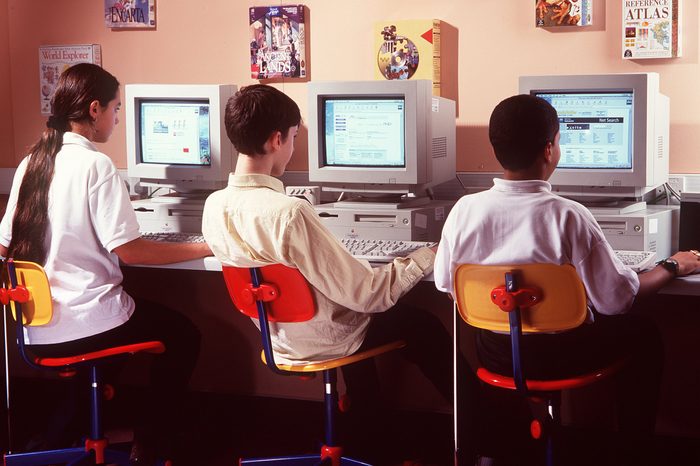
1997
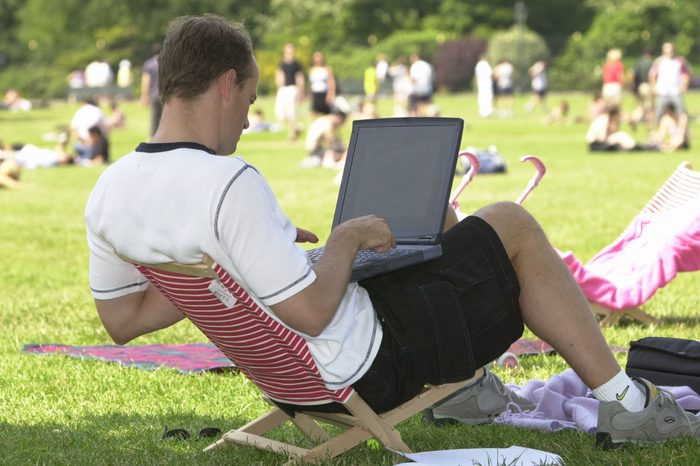
2001
In the 2000s, scaled down to about 6 pounds, computers became portable for the first time. No longer chained to their desks, people could take their work with them, like the man in this stock photo pictured “working” on his laptop on a hot day in London’s Kensington Gardens.
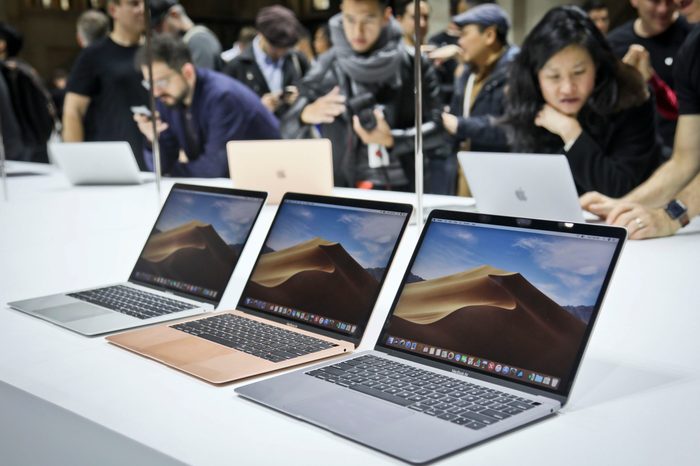
2018
The future is here. Apple’s new MacBook Air is super lightweight, at just 2.75 pounds for the 13″ model. And thanks to “bluetooth technology,” we no longer need an ISP; we can pick up wireless anywhere it’s available. Screens are rich in color, and we can watch all our favorite movies and TV shows “on demand” from just about anywhere. We’re not waiting for a particular hour on a particular day of the week to view our favorite shows. Computers are evolving every day; are you? Here are 15 computer mistakes you should have stopped making by now.
